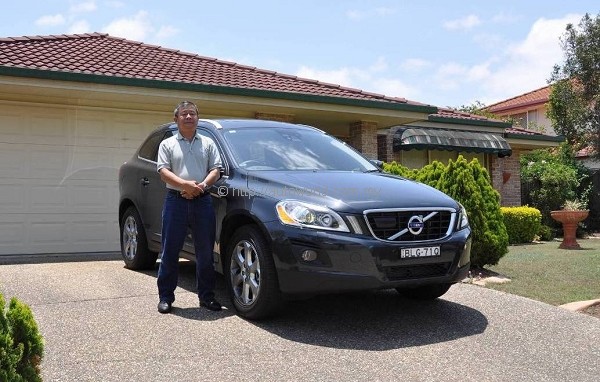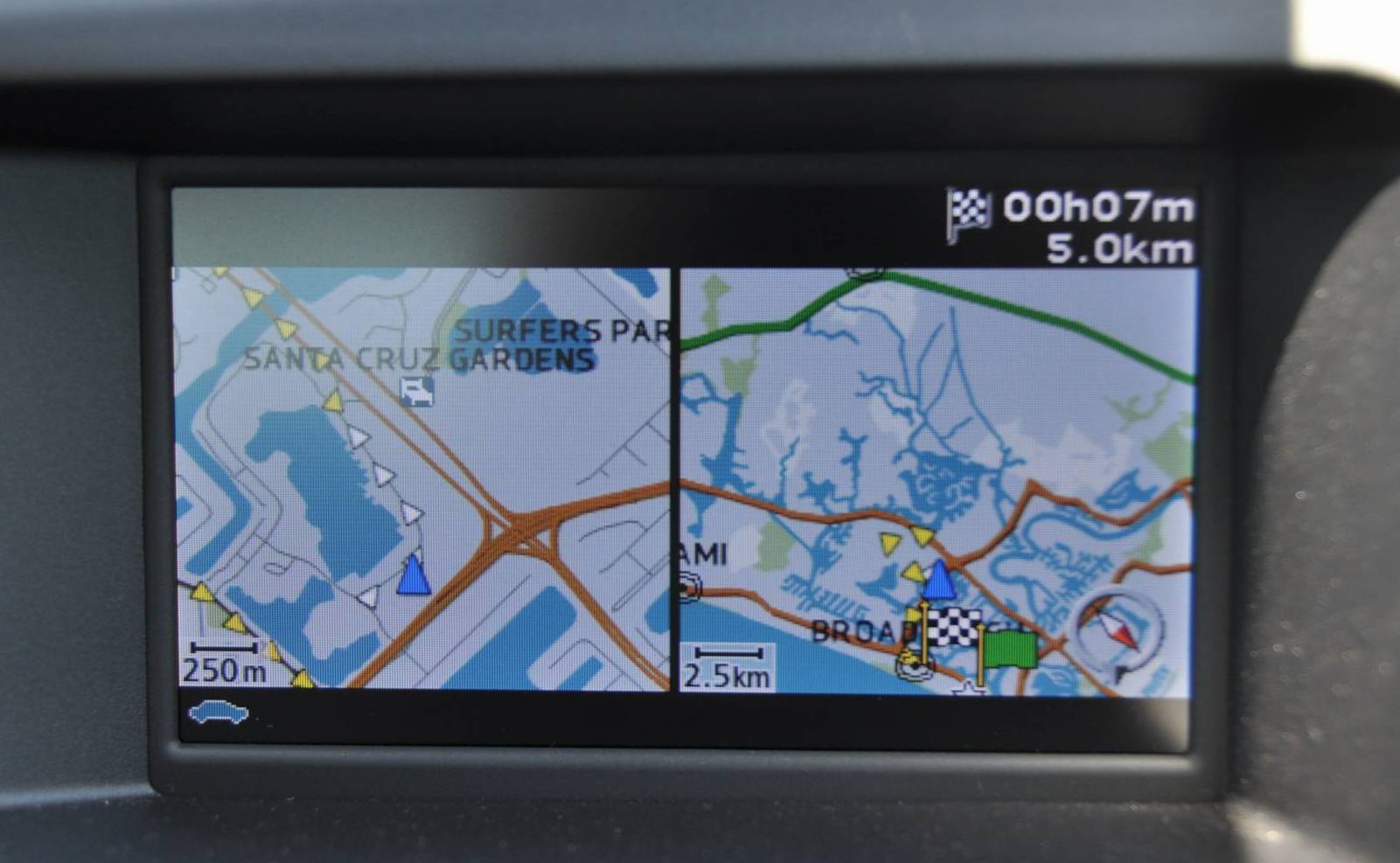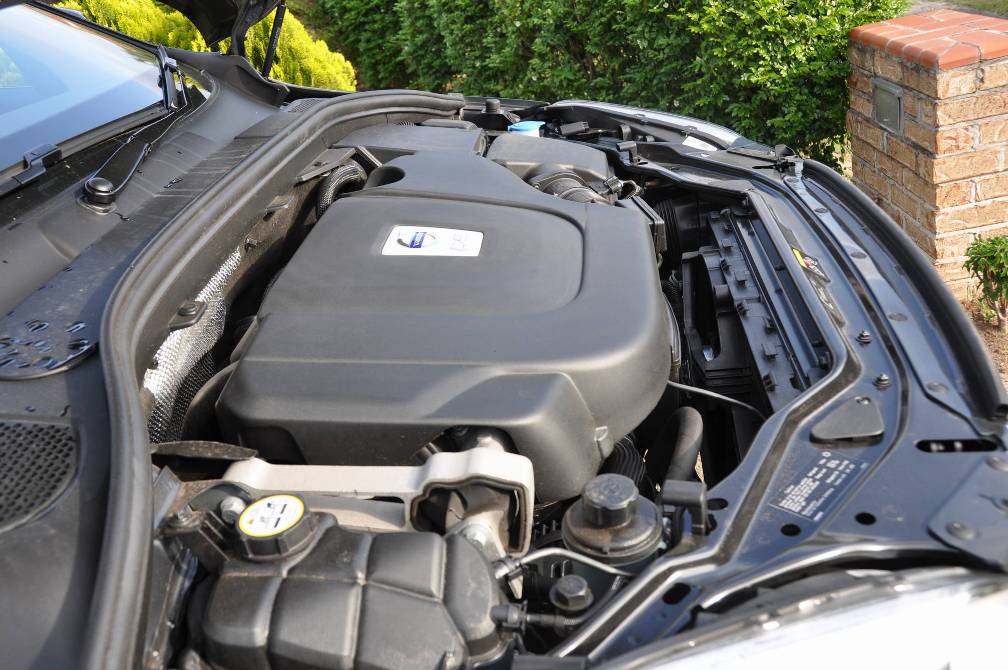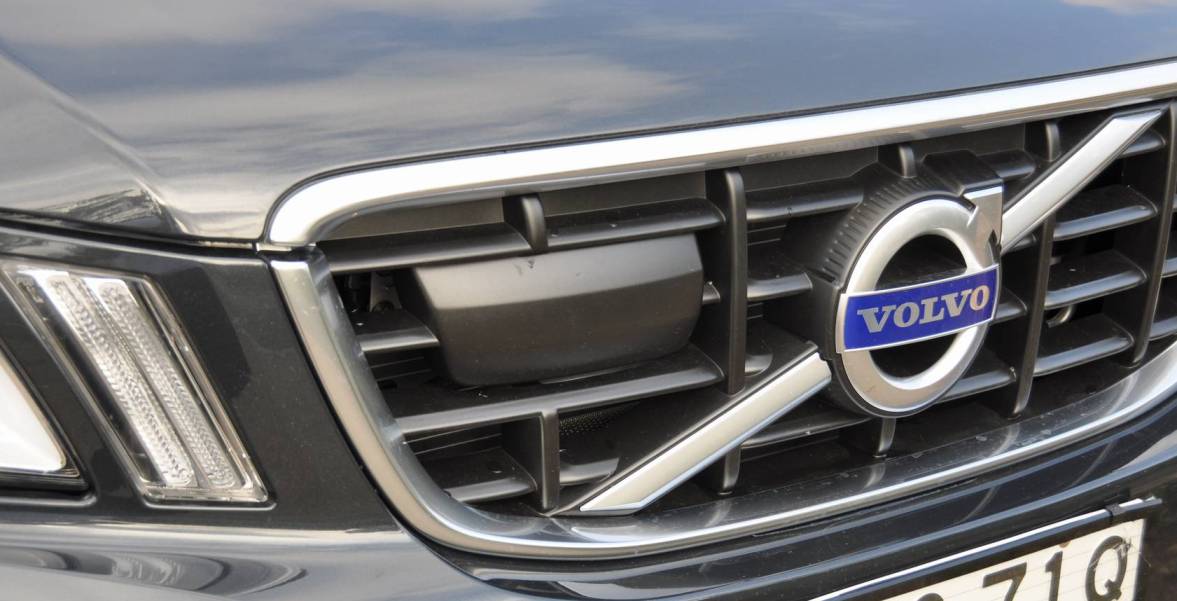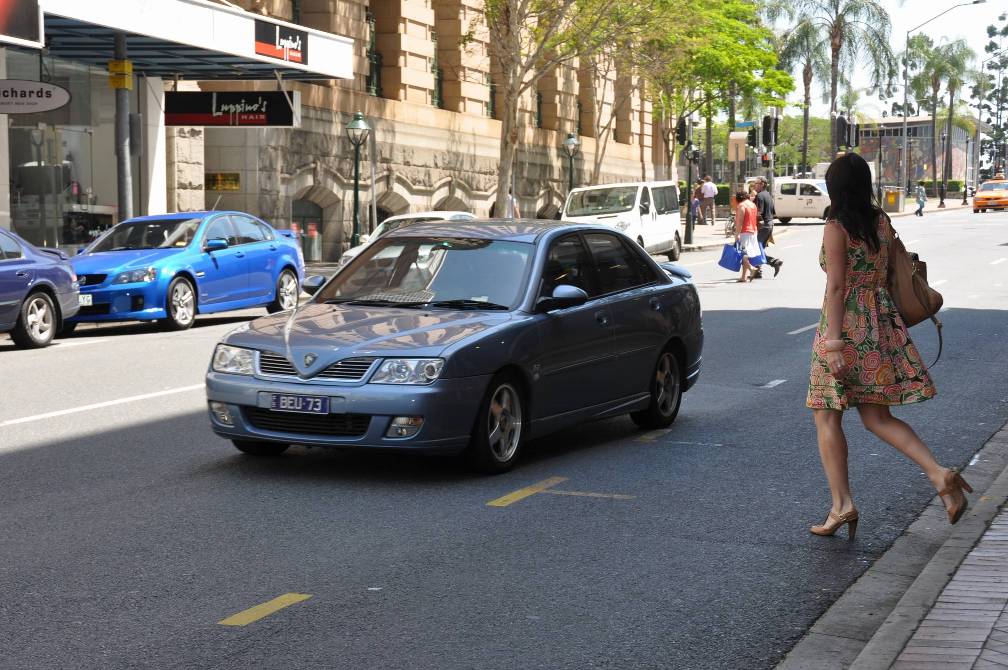Driving the XC60 D5 Diesel
The recently launched Volvo XC60 is mooted as the safest Volvo ever built, and indeed it is. The XC 60 carries what I think must the be sum total of all the safety features ever put into Volvo vehicles throughout the last fifty years, (including the so taken for granted and humble but very important 3-point seat belt), and has some newly developed and unique safety features added to it.
Maybe this is a good time to do a recap of the safety features in the XC60. Starting the car, you will not get the starter to crank if your foot is not on the brake – a nuisance to some, but it is really just to prevent you from inadvertently hitting someone or something if your car happens to move forward.
If you do hit something, there are crumple zones at the front and rear to absorb the impact. If you happen to hit a pedestrian, the bonnet is made to deform to lessen the impact on the pedestrian. If you happen to get hit from the side, there are side impact beams and also strengthened side members to take the brunt of the hit; this is called SIPS (Side Impact Protection System) If you get hit from the rear end, WHIPS (Whiplash Protection System) helps keep your neck from snapping backwards. If you hit something in front, or something hits you, airbags will deploy to cushion your body. If you are about to roll over, then the ROPS (Roll-over Protection System) will cut engine power, and work the traction control system to try to keep you on an even keel. If you still roll over, then the reinforced cabin tries to keep you safe in a cocoon, while side curtain airbags will inflate to keep your head from being knocked.
Whilst driving, traction control will work with the ABS system to keep your vehicle on the road, while the Abs system ensures that your wheels do not lock, allowing you to steer out of trouble even if your foot is fully on the brakes in an emergency braking system. In case you don’t brake hard enough, BA (Brake Assist) will apply more pressure to the brakes to help you. Just to make sure that there is proper distribution of the braking force, EBD (Electronic Brakeforce Distribution) applies braking force to the wheels that need it most.
Also whilst driving, if a vehicle approaches you from behind, a visual warning in the form of a light warns you of it using the BLIS (Blind Spot Information System). If you are using the cruise control, radar sensors keep you away from the car in front according to a pre-set distance determined by the driver, braking if the vehicle in front brakes, and even coming to a dead stop if the vehicle in front does so. In crawling city traffic, a new feature called City Safety uses cameras mounted at the top of the front windscreen to monitor the distance to the car in front, applying the brakes to stop the XC60 to prevent or mitigate damage to the vehicle if the driver is not paying attention. In addition, if the driver starts to feel drowsy, and starts driving in an erratic manner, the XC60 will make a gentle suggestion to stop for a coffee or take a break.
That was quite a mouthful, and I may have missed out a few others, but generally, the message is, Volvo make very safe cars.
Now, back to the main story. I drove the XC60 here in Malaysia, and I liked it very much. I had to go Down Under for a quick trip, and I asked Greg Bosnich, who, until recently, had been heading the marketing division of Volvo Car Malaysia, but is now working for Volvo Australia, and stationed in Sydney, if I could have a diesel powered XC60 for a test drive in Australia, and he immediately made arrangements for one such vehicle to be collected from Austral Motors in Brisbane.
The Australian Volvo XC60 diesel model is powered by the very same D5 engine that is found in the Volvo XC90 back here in Malaysia. However, the difference is that in Australia, the standard for diesel fuel is Euro 4, which is, as the Australians would say, “heaps” better than what we have here. The benefit is better power, better fuel economy, and most wonderful of all, no smoke. The 2.5 litre common rail diesel turbo engine produces 185 horsepower and 400Nm of torque, giving the XC60 plenty of get-up-and-go.
In addition, there was a Garmin GPs system that was really user-friendly. No complaints about the XC60 whatsoever, but driving it there brings some thoughts about the diesel situation back here in Malaysia.
The first thing you will notice when driving in Australian cities, or even as a pedestrian along the streets and sidewalks would be that there are no petrol or diesel fumes or the related smells when the traffic passes you by. This is because the strict anti-pollution laws of the country ensure that car manufacturers must have engines that comply with the standards, and enforcement is strict and non-negotiable. Obviously, there is merit in such a system; in case you don’t know it, it makes everybody’s life much better on account of cleaner air. Thus you will live longer, and be relatively free of lung and breathing related illnesses.
With fuel prices at around AUD1.30 (approximately RM3.90) per litre, it is expensive to drive. Yes, you can say that we should look at it based on a ringgit versus an Australian dollar, but the Australians are telling me it is expensive too. Diesel prices are about the same or a few cents higher than premium petrol, but it delivers more energy per pound of fuel; thus it makes sense for people to purchase diesel-engined cars. In the case of SUV’s like the Volvo XC60, which weighs in at about two tons, it makes perfect sense to go diesel.
Well, our tank of diesel lasted for eight days of driving between Brisbane and the Gold Coast, including some adventure into the hills to attend a relative’s wedding ceremony; we covered a total of 610 kilometres on the XC60’s tank, and the refill came to 63 litres of diesel. That works out to 9.6 kilometres per litre. A petrol-engined vehicle of the same size and weight would have consumed at least 20 percent more fuel, if not more.
The fact of the matter is, there are many other vehicles, both cars and SUV’s that are powered by some of the world’s best diesel engines; the sole reason the car makers are not bringing them into our country is the diesel fuel quality. BMW have just launched their diesel range in Malaysia, but people are still wary, waiting to see if there are any problems running on the local diesel that has been recently upgraded to Euro 2. Mercedes-Benz are also doing some testing on their diesel models here, but it looks like it is staying on the sidelines until the future for clean diesel is more clearly charted.
Personally, I drive a diesel-engined vehicle as a daily driver, and I find that it is a more economical means of getting around. However, the choices are limited, and I look forward to the day when we can have good clean diesel here, and a wider selection of cars with diesel engines to choose from.
I hope that the powers that be are already looking into a plan to introduce clean diesel here, and if not, that they should start soon. Perhaps our Prime Minister’s recent visit to Copenhagen to attend the summit on climate change, and his subsequent pledge that Malaysia is committed to “ helping to help reduce the effects of global warming which is threatening mankind”, and that “Malaysia would offer “credible” cuts in its emissions of carbon dioxide to halt global warming”, will lead to some positive moves in this direction.
We have to leave old technology behind, and get up to speed with the rest of the developed world, or else we will be left behind. The potential benefits are immense; clean air, longer lives, better vehicles on the road, a bigger market for vehicles, etc, etc. Ironically, we produce the best diesel in the world.







